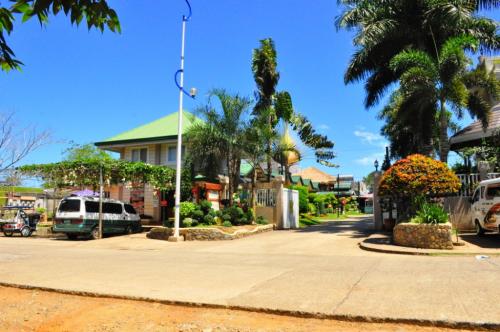Surigao del Sur was created as the 56th independent Philippine province on June 19, 1960 by virtue of House Bill No. 3058 also known as Republic Act No. 2786 authored by Representative Reynaldo P. Honrado. It was formally created and inaugurated on September 18, 1960 at the capital town of Tandag, the seat of the Provincial Government. Its first appointed and elected Governor was the late Recaredo B. Castillo.
Geography
Surigao del Sur is naturally advantaged. It is located in the northeastern coast of Mindanao facing the Pacific Ocean. It is approximately kilometers in length and 50 kilometers at its widest stretch.
It is bounded on the northwest by the province of Surigao del Norte; on the southeast by Davao Oriental; on the east by the Pacific Ocean; and on the west and southwest by the provinces of Agusan del Norte and Agusan del Sur. The Diwata Mountain Range lines the northwestern boundaries of the province.
Political Subdivision
Municipalities are grouped into three clusters based on their common resource potentials, proximity, and accessibility to common trade and service centers: the Bibahilita, the Macasaltabayani, and Canmadcarlancortan.
Population
Surigao del Sur has a total population of 501,808 with one city, 309 barangays, two disticts, and 18 municipalities.
Language/Dialects
English, Filipino, Cebuano, Surigaonon: Kamayo, Cantilangnon, Tagon-on.
Climate
The province falls under the second type of climate in the Philippines, characterized by rainfall that is distributed throughout the year. Months with low level of rainfall are from July to October, with September as the driest month. Wet months are from November to June, with January as the wettest month.
INDUSTRIES
About 45 % of the total land area is developed to agriculture. Major crops are palay, corn, coconut, abaca, soybeans, coffee, and other high value crops.
The province has 148 sq.km. of wetland that can be developed. Fishponds are responsible for the continuous production of prawns, milkfish, and crabs both for consumption and exportation.
It is one of the few provinces that have the largest forest covers with 2111,067 has. The forest land is predominantly covered with dipterocarp type of forest while some areas are covered with mossy and mangroves types. Commercial woods species are Narra, red and white Lauan, Mayapis, Almon, Apitong, Yakal, Bagtikan, and Tanguile. Rattan and Bonbon also abound.
Â
Source:
